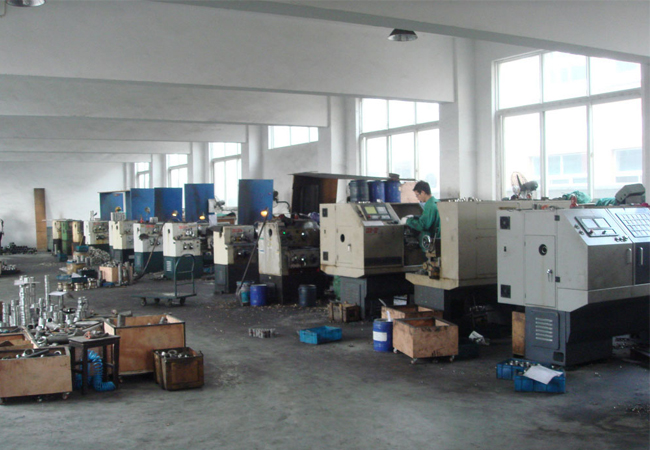Maltese
- Afrikaans
- Albanian
- Amharic
- Arabic
- Armenian
- Azerbaijani
- Basque
- Belarusian
- Bengali
- Bosnian
- Bulgarian
- Catalan
- Cebuano
- Corsican
- Croatian
- Czech
- Danish
- Dutch
- English
- Esperanto
- Estonian
- Finnish
- French
- Frisian
- Galician
- Georgian
- German
- Greek
- Gujarati
- Haitian Creole
- hausa
- hawaiian
- Hebrew
- Hindi
- Miao
- Hungarian
- Icelandic
- igbo
- Indonesian
- irish
- Italian
- Japanese
- Javanese
- Kannada
- kazakh
- Khmer
- Rwandese
- Korean
- Kurdish
- Kyrgyz
- Lao
- Latin
- Latvian
- Lithuanian
- Luxembourgish
- Macedonian
- Malgashi
- Malay
- Malayalam
- Maltese
- Maori
- Marathi
- Mongolian
- Myanmar
- Nepali
- Norwegian
- Norwegian
- Occitan
- Pashto
- Persian
- Polish
- Portuguese
- Punjabi
- Romanian
- Russian
- Samoan
- Scottish Gaelic
- Serbian
- Sesotho
- Shona
- Sindhi
- Sinhala
- Slovak
- Slovenian
- Somali
- Spanish
- Sundanese
- Swahili
- Swedish
- Tagalog
- Tajik
- Tamil
- Tatar
- Telugu
- Thai
- Turkish
- Turkmen
- Ukrainian
- Urdu
- Uighur
- Uzbek
- Vietnamese
- Welsh
- Bantu
- Yiddish
- Yoruba
- Zulu
Telephone: +86 13120555503
Email: frank@cypump.com
Nov . 01, 2024 08:43 Back to list
Basement Sewage Pump Guide for Effective Drainage Solutions and Installation Tips
Understanding Sewage Pumps for Your Basement
When it comes to managing wastewater in your home, especially in basements and below-grade areas, a sewage pump is an essential component. These pumps are specifically designed to handle the removal of sewage and wastewater from your basement to the municipal sewer system or a septic system. Understanding their function, types, and installation can help homeowners make informed decisions to protect their property from water damage and health hazards.
What Is a Sewage Pump?
A sewage pump is a type of submersible pump used to transport sewage and wastewater from lower to higher elevations. Generally, they are installed in sump pits where wastewater collects. When the water level rises to a specific point, the pump automatically activates, moving the sewage through pipes and out of the home.
Types of Sewage Pumps
There are primarily two types of sewage pumps grinders and solids-handling pumps
.1. Grinder Pumps These pumps are equipped with sharp blades that chop waste into small particles, making it easier to pump the effluent through smaller pipes. They are ideal for homes with long sewage runs or when the sewage must be pumped to a significantly higher elevation.
2. Solids-Handling Pumps These pumps can handle larger solids without any grinding mechanism. They are suitable for standard wastewater applications where the solids component isn't excessively large.
sewage pump for basement

Installation Considerations
Installing a sewage pump in your basement requires careful planning. First, consider the location of your pump. It should be positioned in a sump pit, preferably at a low point in your basement, to allow gravity to drain wastewater towards it effectively.
The installation process typically involves - Excavating a pit where the pump will be placed. - Connecting the pump to the house’s plumbing and electricity. - Ensuring proper venting to avoid odors. - Testing the system to confirm functionality.
Professional installation is often recommended, as improper installation can lead to inefficiencies and potential leaks.
Maintenance and Care
Regular maintenance is crucial to prolong the life of your sewage pump. Homeowners should - Inspect the pump and sump pit every few months. - Remove any debris that might clog the pump or the sump pit. - Test the pump by pouring water into the pit to ensure it activates correctly. - Replace filters or check for wear and tear as needed.
Conclusion
Sewage pumps are an integral part of any basement drainage system, especially in areas prone to flooding or high water tables. By understanding the types of pumps available, proper installation techniques, and ongoing maintenance requirements, homeowners can safeguard their basements against sewage backups and water damage. Investing in the right sewage pump will not only enhance your home's safety and functionality but also improve its overall value. A proactive approach in managing your home's wastewater systems can save you from costly repairs down the line.
-
ISG Series Vertical Pipeline Pump- Chi Yuan Pumps Co., LTD.|High Efficiency&Compact Design
NewsAug.02,2025
-
Heavy-Duty Mining Sludge Pumps - Wear-Resistant Slurry Handling
NewsAug.02,2025
-
Horizontal Split Case Pump with GPT-4 Turbo | High Efficiency
NewsAug.01,2025
-
ISG Series Pipeline Pump - Chi Yuan Pumps | High Efficiency, Durable Design
NewsAug.01,2025
-
Advanced Flue Gas Desulfurization Pump with GPT-4 Turbo | Durable & Efficient
NewsJul.31,2025
-
ISG Series Vertical Pipeline Pump - Chi Yuan Pumps | Advanced Hydraulic Design&Durable Construction
NewsJul.31,2025










